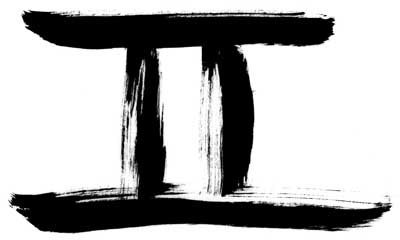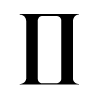
Its Origin and Meaning in Astrology
The above image is the established symbol (also called glyph) for the Zodiac sign Gemini, the Twins. It’s the old Roman figure II, standing for the number 2 (simply two ones: I and I). Both the Zodiac sign and its symbol have been along for ages.
The Zodiac division of the ecliptic into twelve parts, each assigned a Zodiac sign, is probably of Babylonian (Mesopotamia) origin. They were very early with astrology, mapping the sky and noting planetary movements thousands of years ago.
The Zodiac, very much like the one we know today, might have emerged in Mesopotamia around 1000 BC. But Babylonian astrology is probably far older than that.
The Great Twins
Already the Babylonians connected this Zodiac sign to the Twins – even very early on in their emerging astrology. They called the constellation The Great Twins.
It’s no wonder that already the Babylonians called this constellation Twins. The brightest stars of it clearly form two stickman figures if connected by lines, as can be seen on the image below. Few of the Zodiac signs have such obvious star arrangements. Here’s the constellation Gemini:
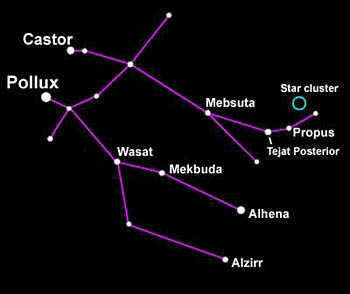 As you can see, it doesn’t take much of an imagination to connect the dots and form two stickmen. Two of the stars actually have the names of two famous mythological twins: Castor and Pollux.
As you can see, it doesn’t take much of an imagination to connect the dots and form two stickmen. Two of the stars actually have the names of two famous mythological twins: Castor and Pollux.
Below is an antique illustration of the same constellation, where the figure of the twins has been added. It’s from a 17th century book: Firmamentum sobiescianum, by Johannes Hevelius, 1690.
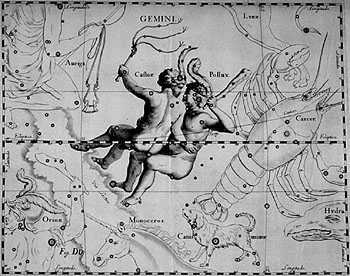
Gemini in Ink
Below is an ink version of the symbol for Gemini, which I did a number of years back in an experiment of using Japanese ink calligraphy (shodo) for old European astrology symbols. I’ve used these pictures on my astrology websites, mainly for fun and for the odd graphic effect, and I’ve seen them copied all over the Internet. I’m fine with that, although I think it wouldn’t hurt if the source was mentioned. Well, what to do?
Anyway, here’s that ink again, this time in the original black and white (click on the image to see a bigger version):
Gemini the Sign
As for the picture commonly used to represent the Gemini Zodiac sign, it’s been an image of twins for as long as that has been its name – probably longer than the symbol described above has existed. Below is one typical example, where the stars of the constellation Gemini have also been marked. It’s an illustration from Poeticon astronomicon, a 1482 book by Hyginus.
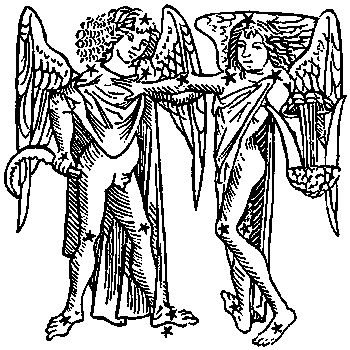 For the header of this website, I combined the symbol for Gemini (II) with a statue of Castor and Pollux. The statue is of Ancient Roman origin. The background is a newspaper page, a reminder of the most typical Gemini traits: communication in speech and writing.
For the header of this website, I combined the symbol for Gemini (II) with a statue of Castor and Pollux. The statue is of Ancient Roman origin. The background is a newspaper page, a reminder of the most typical Gemini traits: communication in speech and writing.
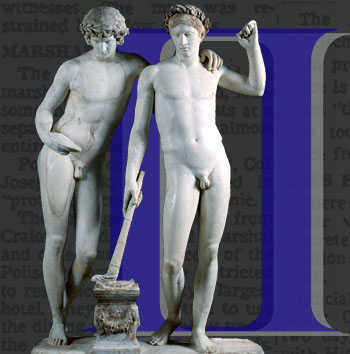
Zodiac Sign
Symbols
Here are the symbols (glyphs) of all the twelve Zodiac signs, and links to pages telling more about each Zodiac sign symbol.
Virgo symbol
English name: The Maiden (or Virgin)
Sun sign dates: August 23 – September 22

